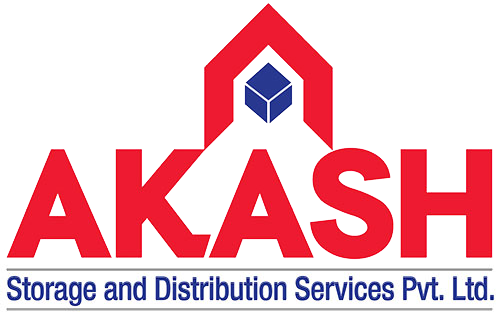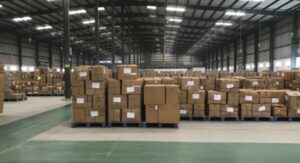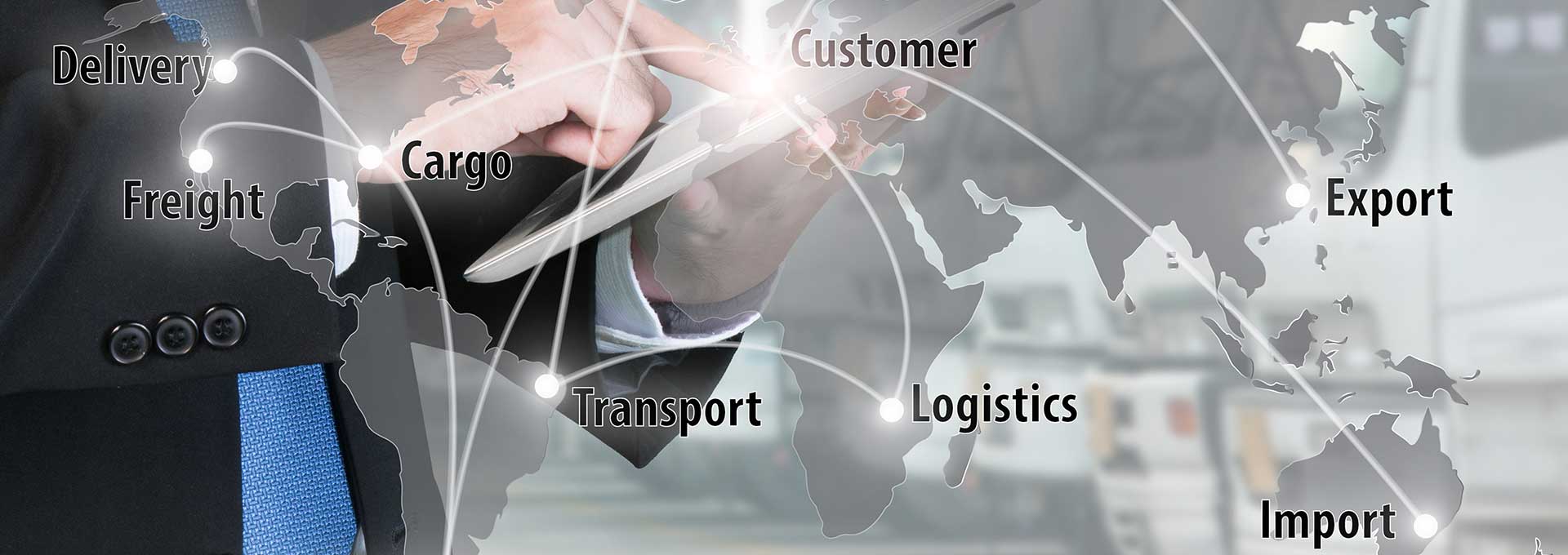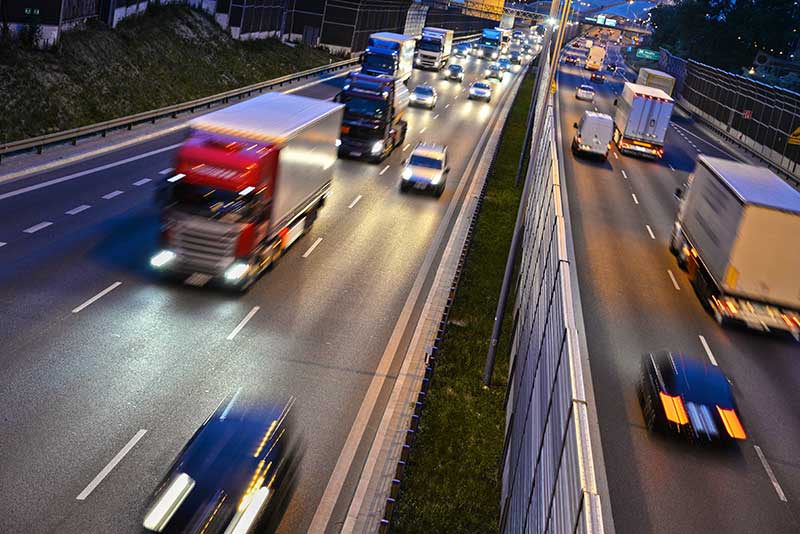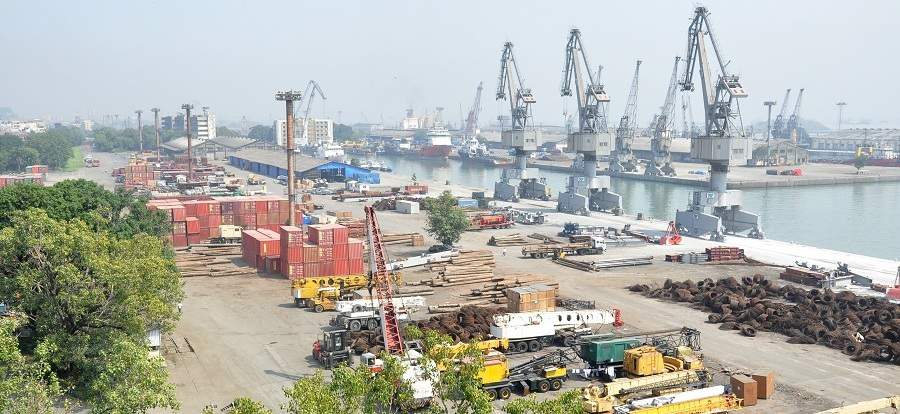Data-Driven Inventory: How Analytics Transforms Stock Management
In today’s fast-moving business world, traditional inventory methods are being replaced by smart, data-driven systems. By using data, businesses can make better decisions about stock, purchasing, and the supply chain. This helps reduce costs, avoid stock shortages, and optimize the whole supply process. Let’s see how data is transforming inventory management.
Why Data is Key in Inventory Management
Managing inventory isn’t just about counting items on shelves anymore. It’s about predicting what will be needed, keeping the right amount of stock, and making sure products are ready when customers want them. By using data, companies can track important things like sales patterns, lead times, and customer behavior to make better decisions, faster.
Data-driven inventory management means using real-time and past data to get insights into the entire supply chain. This helps businesses buy smarter, reduce extra stock, and meet demand better.
Data-driven inventory management focuses on using real-time and historical data to gain insights into the entire supply chain. This allows businesses to optimize purchasing, reduce excess inventory, and meet demand more effectively.

Key Benefits of Data-Driven Inventory Management
- Better Demand Forecasting Data analytics helps predict future demand by looking at past sales, seasonal trends, and market conditions. This means businesses can adjust their stock to meet customer needs, avoiding overstock or running out of products. Data-driven inventory management also enables businesses to track and analyze supplier performance.
- Optimized Stock Levels Data helps businesses find the right balance of stock by identifying which products are slow-moving and which are in high demand. It can suggest the best time to reorder, ensuring there’s always enough stock without holding too much. Stockouts lead to missed sales opportunities, while overstocking ties up resources in unnecessary inventory.
- Avoid Stockouts and Overstock Running out of products loses sales, while having too much stock wastes money. Data insights help businesses find the right reorder points, reducing stockouts and cutting the cost of extra inventory. With the help of analytics, businesses can maintain optimal stock levels by identifying slow-moving products and high-demand items.
- Better Supplier Management Using data, businesses can track how well suppliers perform. They can monitor lead times, delivery accuracy, and product quality to decide which suppliers are the best partners, and negotiate better deals. This allows businesses to make informed decisions about which suppliers to work with and helps in negotiating better terms based on performance.
- Smarter Purchasing Decisions With data, businesses can analyze customer buying behavior, seasonal patterns, and market trends to make smarter purchasing decisions. This leads to better budgeting, less waste, and more efficient cash flow. Rather than relying on intuition or outdate methods, businesses can adjust their buying strategies based on real-time data.
- Improved Supply Chain Visibility Data-driven systems provide real-time insights into the whole supply chain—from raw materials to finished goods. This visibility helps identify delays or bottlenecks early, allowing for quick action to keep things running smoothly. This level of visibility also allows for faster decision-making when it comes to reordering and replenishment.

Using Advanced Analytics Tools
To fully benefit from data-driven inventory management, businesses need advanced analytics tools. Many modern inventory systems come with built-in analytics, showing key information like inventory turnover rates, demand forecasts, and supplier performance.
Predictive analytics is especially useful, as it uses machine learning to predict future trends. This helps businesses fine-tune inventory management and keep stock levels in line with customer demand.
Predictive analytics is one of the most valuable tools in this space, using machine learning algorithms to anticipate future trends and demand shifts. Predictive models help businesses fine-tune their inventory management processes, ensuring that stock levels remain aligned with actual customer demand.
How to Implement Data-Driven Inventory Management
- Integrate Analytics Tools: Invest in systems that support advanced analytics to track key metrics like sales trends and reorder points. If your current system doesn’t have these features, upgrade or add third-party analytics software. Many inventory management systems now come with built-in analytics capabilities that track key performance indicators (KPIs) like sales trends, lead times, and reorder points.
- Collect and Organize Data: Real-time data is key to success. Collect data from sales platforms, supply chain systems, and customer databases. Make sure the data is clean and organized for accurate insights. Start by gathering data from various sources such as sales platforms, supply chain systems, and customer databases.
- Monitor Key Metrics: Track important metrics like stock levels, sales speed, and supplier performance. Use these insights to adjust your inventory processes. For example, reorder more frequently for high-demand products. Use these metrics to identify areas for improvement and make adjustments to your inventory management processes.
- Use Predictive Analytics: Implement predictive models to forecast demand and make proactive decisions. These models can recommend the best reorder points, helping maintain optimal stock levels and minimize costs. By analyzing historical data and market trends, predictive models can suggest optimal reorder points, allowing businesses to maintain ideal stock levels while minimizing carrying costs.
- Train Your Team: Transitioning to a data-driven approach requires a cultural shift. Train your team to interpret data and make informed decisions. Make sure everyone, from warehouse staff to senior management, understands the value of data.
Conclusion
Data-driven inventory management is changing how businesses manage their stock. By using analytics, companies can forecast demand better, optimize stock levels, and avoid costly mistakes like overstock or stockouts. As more businesses adopt analytics, they can better meet customer demand, cut costs, and stay competitive in the market. In a world where data is the new currency, using analytics is key to successful inventory management and long-term growth.
